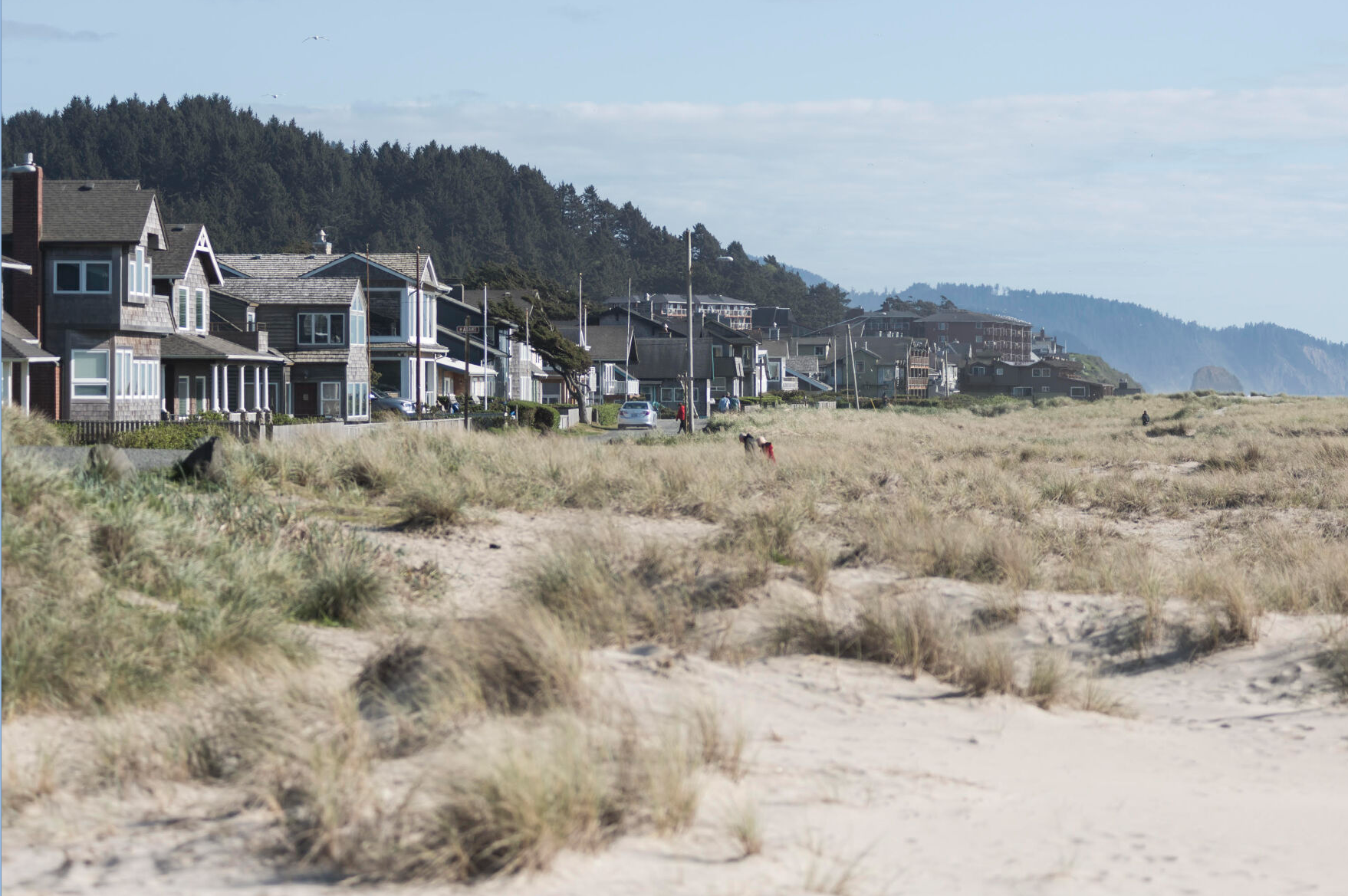Dedications express the pioneering spirit of the Lewis and Clark Expedition
Published 4:00 pm Sunday, March 14, 2004
Gov. Locke praises zeal of enterprise; Native American role at forefrontILWACO, Wash. – A cannon, a sword and a true sense of history were at the forefront during Friday’s re-dedication of the Lewis and Clark Interpretive Center in Cape Disappointment State Park.
Trending
Gov. Gary Locke and assembled guests reveled in the significance of the moment while acknowledging the key role tribal people had in ensuring the explorers’ survival 199 years ago. Gary Johnson of the Chinook Tribe gave the official Chinook welcome.
“The Lewis and Clark Expedition is one of the most profoundly important chapters in American and Washington state history,” Locke said. “Before those ‘giant leaps’ of the astronauts, there was the Lewis and Clark Corps of Discovery.”
‘Before those ‘giant leaps’ of the astronauts, there was the Lewis and Clark Corps of Discovery.’
Trending
– Gov. Gary Locke
Washington governor
speaking in Ilwaco FridayLocke also signed Senate Bill No. 6372 which establishes the 2013 Centennial Parks Advisory Committee. That year will mark the 100th anniversary of the Washington state parks system.
The governor expressed his appreciation for the beauty of the parks. “I grew up in the city, and for many years I was only familiar with concrete,” he said.
Virginia Painter, public affairs administrator for Washington State Parks, noted that a three-part plan is in place for the parks’ centennial, including caring for employees, designing a long-term financial strategy and encouraging community-based improvement projects. “We will go out and ask for help, instead of just waiting for the money,” said Painter.
Authentic look and soundCellist Andrew Emlen and violinist Jeffrey Reynolds, dressed in period costume, played music from Thomas Jefferson’s library and music from the era of the Lewis and Clark Expedition as people gathered for the ceremony.
The standing-room-only crowd heard remarks from Rex Derr, director of the Washington State Parks and Recreation Commission.
Karen Elshout – AP/St. Louis Post-Dispatch
Missouri celebrates the Lewis and Clark Expedition during the Three Flags commemorative ceremony at the foot of the Arch Sunday. The Lewis and Clark boat re-enacted its landing in St. Louis.Steve Wang, Washington State Parks interpretive program manager, highlighted the important role Native Americans played in the expedition’s success. “It’s impossible to do a Lewis and Clark story without mention of the Native Americans Lewis and Clark traded with,” he said.
A highlight of the afternoon was the introduction of Jane Bridge, great-great granddaughter of expedition member Patrick Gass, who was presented with a commemorative medallion.
Preceding Locke’s presentation, those assembled heard from Mickey Fearn, vice chairman of the Washington State Parks and Recreation Commission; Bob Petersen, Washington State Parks Commissioner; David Nicandri, director of the Washington State Historical Society; Gary Lentz, park manager at Lewis and Clark Trail State Park; Larry Chapman, park manager at Cape Disappointment State Park; and Richard Brown, architect with the Washington State Parks.
Washington State Parks Commissioner Joan Thomas raised a Lewis and Clark sword to Patrick Gass (portrayed by Gary Lentz). Gass then fired a cannon marking the official re-dedication.
The first dedication of the interpretive center was in 1976. Since then, more than one million people have passed through its doors. While the center tells the story of the Lewis and Clark Expedition, the expanded space and new exhibits concentrate more on Lewis and Clark’s journey through Washington state, particularly the 18 days spent at the mouth of the Columbia River in 1805.
An enlarged parking lot and expanded restrooms make it fully accessible and compliant with the Americans with Disabilities Act.
Admission is $3 per adult and $1 per child, age 7-17. Children ages 6 and under are admitted free. For more information, call (360) 642-3029.
Relief on displayEarlier Friday, a diverse group of approximately 50 people gathered for the dedication of McKenzie Head. Rain threatened, but held off for the 20-minute ceremony. The focal point of the dedication was the bronze bas relief by Olympia, Wash., sculptor Gareth Curtis.
The bronze depicts William Clark at McKenzie Head. It shows Clark’s party of 12 men who explored the shores of the Pacific Ocean on Nov. 18 and 19, 1805, from the vicinity of McKenzie Head to Long Beach. Clark’s slave, York, is holding a flounder which Clark recorded in his journal with a drawing.
Associated Press
Bryant Boswell, upper right, representing Lewis and Clark soldier Pvt. Robert Frazer, explains to his friend John Wofford, both of Jackson, Miss., what the sequence of events will be for the afternoon at the Three Flags Commemoration Ceremony at the foot of the Arch in St. Louis on Sunday. Wofford’s wife, Elizabeth, and Boswell are both distant relatives of Meriwether Lewis.
“We’re delighted we have this opportunity to interpret history,” said Carolyn Glenn, co-chairwoman of the Pacific County Friends of Lewis and Clark.
Other speakers at the ceremony included Wang, Naselle author Rex Ziak and Bill Clearman, designer of the monument holding the bas relief.
McKenzie Head was named after Donald McKenzie of the Pacific Fur Company and is the location of the Lewis and Clark Expedition’s first camp site after members reached the Pacific.
The process for making the McKenzie Head project a reality started in 2000, but state parks managers lacked funding to make it a reality. The Templin Foundation provided initial money. Additional dollars came from a National Park Service grant and assistance from Washington State Parks.
The U.S. Coast Guard, Boy Scout Troop No. 224 from Tacoma, Wash., Otak, a Seattle-based planning, design and engineering firm, and several local businesses and individuals helped make the project a reality.
Eight interpretive panels placed from the summit of McKenzie Head to the camp site and trail leading up to North Head where members of the expedition explored were commissioned by the Friends. Featured on the panels are the shifting shoreline, natural history, trail guides and events recorded in expedition members’ journals.
Before the dedication, guests took a short hike to the area believed to be near Lewis and Clark’s original camp site. It has been cleared and log benches provide seating for groups for park programs.
The Pacific County Friends of Lewis and Clark is a nonprofit organization committed to the interpretation and preservation of Lewis and Clark history in the Lower Columbia.









